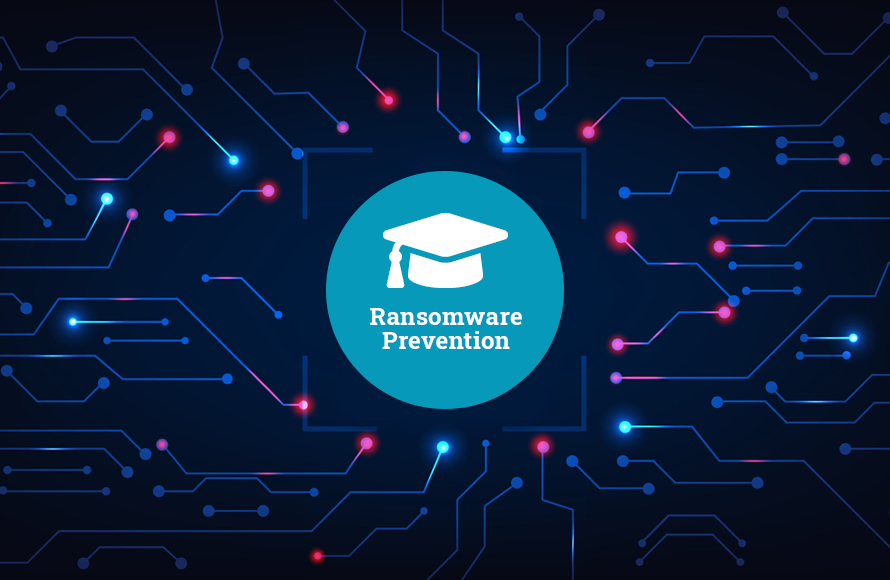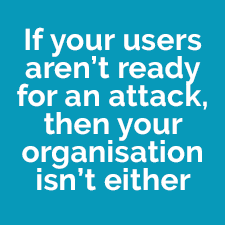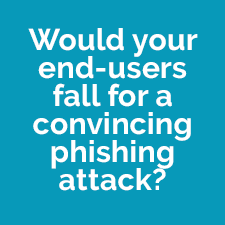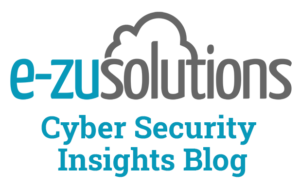Ransomware Prevention: The Biggest Impact for the Least Cost

The Foundations of Ransomware Survival
Every 11 seconds an organisation is hit by a successful ransomware attack (Cybersecurity Ventures ‘Annual Cybercrime Report’), and 2021 has smashed all previous cybercrime records, with organisations now being statistically more likely to be attacked than not.

It seems like you can’t look at the news anymore without hearing of another organisation falling victim to a major breach, and Microsoft are warning of an 11-fold increase in ransomware attacks since 2020.
To help in the ongoing battle against this dramatic and disturbing spike in cybercrime, we have created this blog to focus specifically on Ransomware Preventon – the first of three key pillars that make up the critical foundations of ransomware survival.
PILLAR 1: Ransomware Prevention
In our experience as a trusted IT security provider with over 15 years’ experience, this PREVENTION pillar of ransomware survival, in the form of effective Security Awareness Training, is still often overlooked and inadequately represented for many organisations as part of their overall Ransomware Survival Kit.
However, it’s actually one of the biggest, if not the single most effective, positive actions you can implement to considerably improve your cyber security defences, and often for the cheapest cost. The simple truth is, mitigation of human error is a vital element of any serious cyber security defence strategy in 2021, and one that no organisation can ignore.
Did you know? According to a study by the Aberdeen Group, organisations can reduce their overall cyber security risk level by 70% just by implementing effective Cyber Security Awareness Training.
 The threat models used by the biggest players in the hacking underworld are getting smarter and more and sophisticated by the day, and 77% of ransomware attacks are now successfully bypassing email filtering solutions (according to a study by Barkly), which leaves end-users as the last line of defence.
The threat models used by the biggest players in the hacking underworld are getting smarter and more and sophisticated by the day, and 77% of ransomware attacks are now successfully bypassing email filtering solutions (according to a study by Barkly), which leaves end-users as the last line of defence.
The unfortunate truth is, if your users aren’t ready for a cyberattack, then your organisation isn’t either. Persistent awareness training is designed to cultivate a culture of security and vigilance across your organisation. With the right training in place, your end-users can be transformed from “the weakest link”, into your Human Firewall – one the the strongest layers of protection in your fight against cyberattacks.
Why is Security Awareness Training So Important?
Preventing ransomware before it enters your security perimeter is a crucial element of a ransomware protection strategy. When you analyse the anatomy of most successful cyberattacks, the vast majority of them have one striking thing in common: some user, somewhere in your organisation, did something that could have been avoided.
Did you know? IBM’s Cyber Security Intelligence Index Report revealed that 95% of all security breaches are down to human error.
The cybersecurity skills gap has been a perpetual issue for many years, and the importance of effective Cybersecurity Awareness Training has been recognised by Gartner, who recently predicted that persistent cybersecurity training programs will soon become the norm across nearly all organisations and industries, with a predicted five-fold market growth in the next three years alone.
We like to think of it a bit like driving a car, you wouldn’t hand somebody the ignition key without insisting they’d had driving lessons beforehand.
Simulated Phishing Tests are a Great Place to Start
It’s now widely accepted that traditional once a year security training does not solve the problem anymore. Training plans need to integrate aspects of real-life cyberthreats that an organisation is likely to face, and they should end with an exam or an exercise to help organisations develop the weaknesses of employees that need further assistance.
The training should continue throughout the year with periodic assessments, and methods in place to track the progress and effectiveness of the training you have in place. This helps to ensure that users are kept informed of the latest and greatest threats, and remain vigilant as an effective Human Firewall.
 A powerful method to better understand your organisation’s need for improved security awareness training, and to keep track of their ongoing awareness progress, is to phish your own end-users in a safe, simulated environment. The big question we suggest you ask is; would your end-users fall for a convincing phishing attack?
A powerful method to better understand your organisation’s need for improved security awareness training, and to keep track of their ongoing awareness progress, is to phish your own end-users in a safe, simulated environment. The big question we suggest you ask is; would your end-users fall for a convincing phishing attack?
We highly recommend running a free Simulated Phishing Security Test today to find out how susceptible your end-users are, and to do so before the hackers do! We run it in partnership with KnowBe4 (the world’s largest integrated platform for security awareness training and simulated phishing) and the percentage of your staff that are “Phish-prone” is usually a lot higher than you might expect.
Did you know? According the the Wall Street Journal, 97% of cyberattacks start with a phishing or spear-phishing email.
E-ZU’s Instant ‘Ransomware Risk Calculator’
If you haven’t already, we highly recommend spending three minutes to assess your organisation’s current ransomware protection level using our Instant Ransomware Risk Calculator. It covers Ransomware Prevention, Security, and Recovery and you’ll receive a shareable report that delves deeper into the latest ransomware threat models and how to protect against them, whilst delivering a tailored breakdown of your current ransomware protection level, along with actions and recommendations to address any significant gaps in your defences.
Click the banner below to get started…




